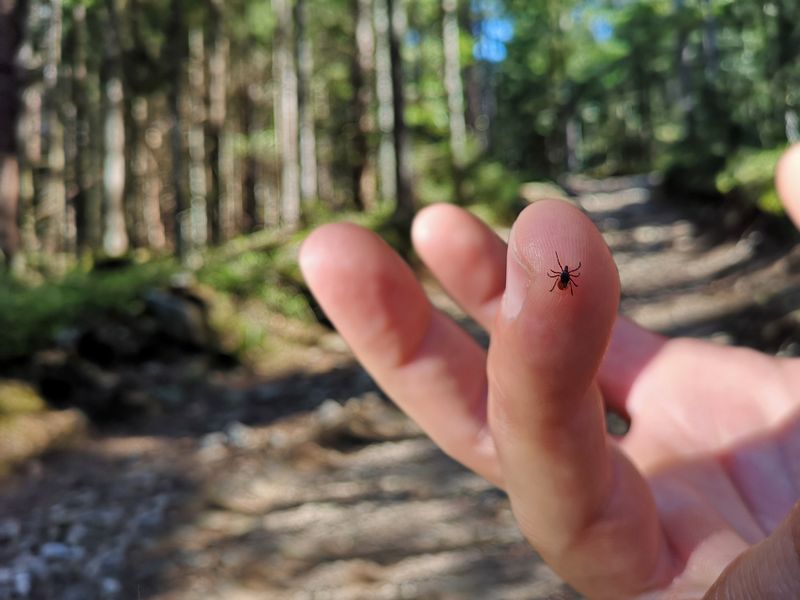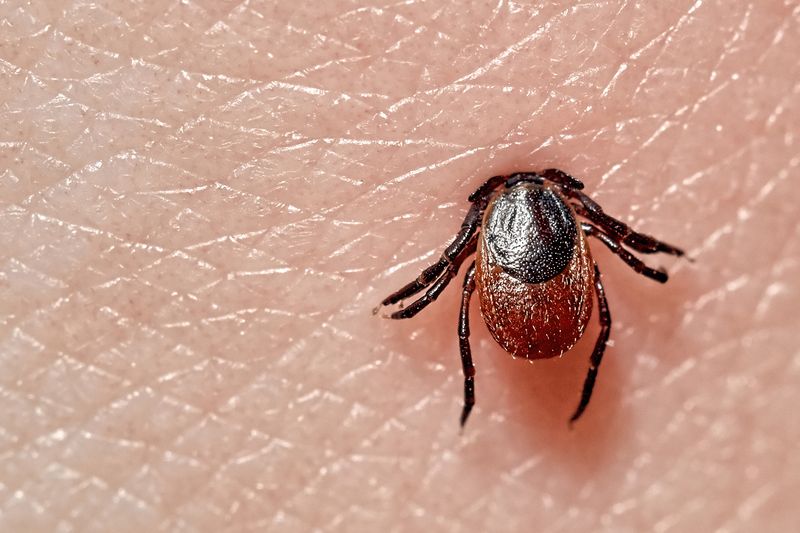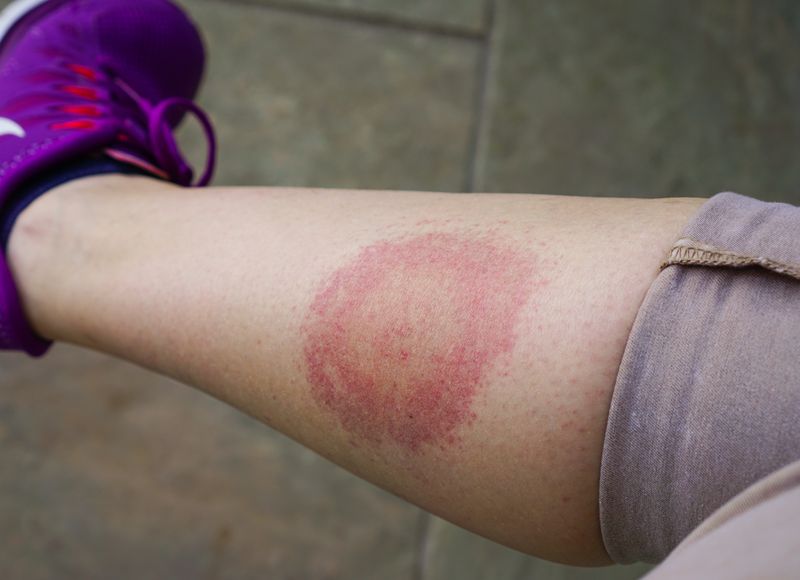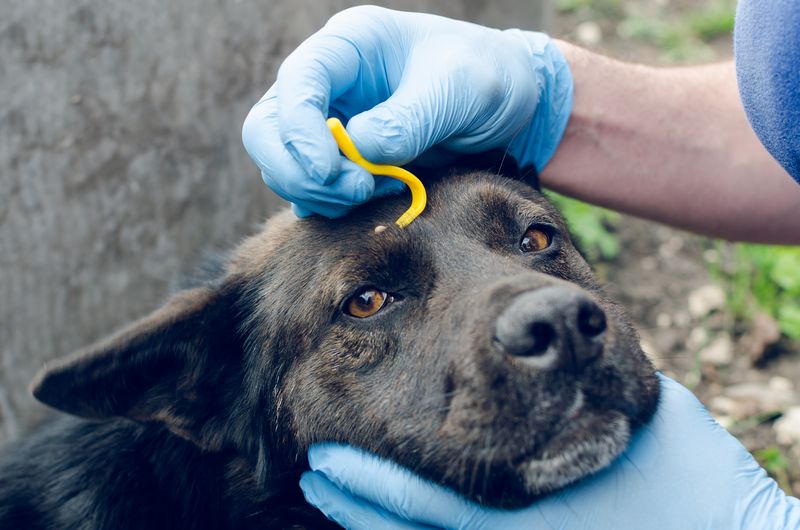
When you walk in woods - be tick alert
Ticks can attach to you and your kids as well as your pet. Here's how to be alert and what to do if you get one
Protect you, the kids and your dogs from ticks. If you get bitten, in some cases, it can cause Lyme disease - that's because Lyme disease and ticks can be found right across the UK. Not all ticks carry the disease, but around 10% do, and whilst it is commonly known you can pick up ticks in woods and the countryside, ticks can also be found in urban parks and gardens too.
Warmer weather makes ‘tick season’ worse, so we thought a handy guide would be useful.


What is a tick?
Well, ticks are small, spider-like creatures (black or brown) that feed on blood - be they birds or mammals - including people. They vary in size, usually between 1mm to 1cm long and the smaller ones are the ones that do most harm as they have a big appetite. They attach themselves to you with their mouth – I know, sounds disgusting but it is. Ticks can be as small as a peppercorn – this is a stage when they are most hungry (and most likely to infect), but they will then grow.
The spring/summer and autumn are the most likely times to get a tick - mainly because that's when we are out and about the most. Bare skin will be at risk, so it's worth thinking about what you wear when you go out. We always recommend tucking trousers into socks, but you may be out in shorts so get a decent repellant.
What is Lymes Disease?
Lyme disease is a bacterial infection that can be spread to humans by infected ticks. Sometimes symptoms can take 2 - 3 months to show, but it's usually easier to treat if it's diagnosed early.
You will sometimes spot a rash, often around 6 inches like a bullseye – different colour in the middle, but only 1 in 3 people get that rash. Other symptoms (very much like a lot of things!) include:
- flu-like symptoms
- tiredness or fatigue
- muscle pain
- joint pain
- headaches
- fever chills
- neck stiffness
If left untreated it can lead to pain and swelling in the joints, problems affecting the nervous system, heart problems, inflammation of the membranes surrounding the brain and spinal cord (meningitis).
If you think you have any symptoms, see your doctor who will
likely prescribe antibiotics and do a blood test to diagnose.
Prevention is better than cure and the NHS has a good set of top tips which will help avoid ticks (and Lyme disease):
- keeping to footpaths and avoiding long grass when out walking
- wearing appropriate clothing in tick-infested areas (a long-sleeved shirt and trousers tucked into your socks)
- wearing light-coloured fabrics that may help you spot a tick on your clothes
- using insect repellent on exposed skin
- inspecting your skin for ticks, particularly at the end of the day, including your head, neck and skin folds (armpits, groin, and waistband) – remove any ticks you find promptly
- checking your children's head and neck areas, including their scalp making sure ticks are not brought home on your clothes
- checking that pets do not bring ticks into your home in their fur.
Where to spot ticks
If holidaying – its worth noting the areas that have high populations of ticks – up here in Cumbria and the Lake District we are used to them, but here is a list which we spotted in Netmums:
- Exmoor
- The New Forest and other rural areas of Hampshire
- The South Downs
- Parts of Wiltshire and Berkshire
- Parts of Surrey and West Sussex
- Thetford Forest in Norfolk
- The Lake District The North York Moors
- The Scottish Highlands
How to check for ticks
If you’ve checked for nits – it’s
the same for hair and scalp, but also do look in the creases of skin like armpits,
elbows, backs of knees, tummy buttons, and groin.

How to remove a tick:
It's best to keep a tick twister or a tick card with you. Fine tweezers are OK, but be careful not to squeeze the body or the germs will enter your bloodstream. If the head comes off, it won't do any real damage - some doctors recommend leaving it rather than messing on and making the puncture area worse. If all else fails use fingers as a last resort. Tick removal tools are easy to pick up off Amazon or a pet store.
Here’s a great link to some videos from the NHS: NHS HOW TO VIDEOS
And remember - if you have a dog, it's best to treat them regularly for flees and ticks, but you will still need to be vigilant - and have a tick picker handy!

